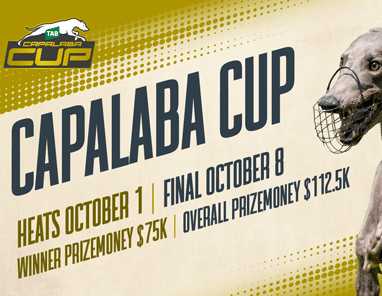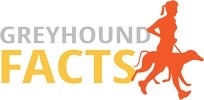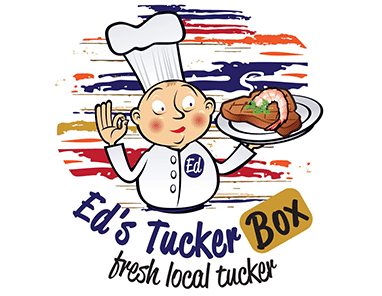
Caption: Champion stallion Snitzel is even more potent when crossed over More Than Ready mares
A GREAT mate of mine has bought himself into a few racehorses in the Gai Waterhouse-Adrian Bott stable.
He is as excited as can be and you can all imagine the PR exercise the stable undertakes to keep their clients informed and keen. (Greyhound trainers can take a leaf out of their book.) My mate is so KEEN it is amazing.
Each week the stable forwards all manner of reports and videos on their horses to the owners. My mate makes sure I get to see every one.
What absolutely fascinated me recently was an email from Gai which took in some of the factors she has stuck by over decades of buying yearlings and turning them into champions, Group winners, city winners … and duds of course.
Tulloch Lodge has churned out 430 Group 1 winners, so anything Gai has to say about bloodlines needs to be read with great care.
I’d love to share some of Gai’s insights into female lines. She wrote:
History says every mare in the population has variable probabilities in terms of their ability to produce a Stakes winner or more.
From the outset there are three key boxes for mares to tick:
- Broodmare sire: 25% of a pedigree is the genetic material provided by the broodmare sire of the yearling.
Having a pre-potent sire in the second line of a pedigree strengthens the case for a mare’s ability to produce Stakes winners.
It should come as no surprise that the leading sires continue on to become our leading broodmares sires as shown in the current top five Australian Broodmare Sires by Earnings – Encosta De Lago, Redoute’s Choice, More Than Ready, Fastnet Rock and Zabeel.
- Race Record: simply boiling breeding down to “breed the best to the best” is among the highest probability strategies to produce good racehorses.
Buying from mares that could gallop themselves is a nice box to tick.
- Pedigree: buying from a female family that has proven its ability to pass on traits related to high class athletic performance will also increase your chances of successfully finding talented young racehorses.
These are pedigrees littered with big Black Type, and the closer to the top (1st dam) the better.
The Three Boxes and Price Tags:
Our rating scale will give an A score to yearlings whose dam’s tick all three boxes above.
B for mares that tick two boxes, and C for one etc.
Our highest probability of success at the yearling sales would clearly be to just buy all the yearlings that we liked physically, with A-rated pedigrees, good crosses, and by our highest rated stallions.
There comes a price point, however, where the price tag for a yearling offsets the increased probability of success.
Therefore valuing yearlings and discipline at auction become important considerations, but there are a few other things to consider when evaluating the maternal side of a yearling’s pedigree:
Age:
A mare’s age has a strong bearing on her chances of producing a Stakes winner.
For instance mares who are good enough to produce a Stakes winner will usually do this for the first time within their first four foals, and once she has produced one Stakes winner she is your best chance of getting another.
Therefore from a buying front we gain more confidence where we like a physical and the yearling is within the mare’s first four foals or is already the sibling of a Stakes winner.
Successful Crosses
A proven cross of genes is another source of confidence when it comes to our buying process.
Let’s take Snitzel for example.
There have been 23 runners produced when he has been crossed over More Than Ready mares. Twenty-two of these runners have won and five of them have won Black Type at a 21% strike rate, including Magic Millions 2YO Classic winner Exhilarates.
Snitzel is a champion stallion but it would appear that when crossed over More Than Ready mares, he is even more potent!
Epigenetics
The environment, including Tulloch Lodge’s training style, has a major impact on how an individual’s genes are expressed.
Therefore some families do better in the Tulloch Lodge system than others, and we try to select for this.
Thankfully with 430 Group 1 wins and counting, plenty of thoroughbreds have thrived under the training principles set out by TJ Smith.
Dig where you have found gold before, they say!
As you can see mare analysis is an important piece of the equation in our buying process.
Mares really matter!
And with all those profound words from Gai, backed by 430 Group 1 wins (and counting), greyhound breeders should certainly take huge note.
Famous female lines keep on keeping on.
Look at the Wheeler family … proof over 50 years that nurturing a proven female family, culling the lesser ability ones and using top-class stud dogs is a recipe for success.
Everyone should be aware of just that.









